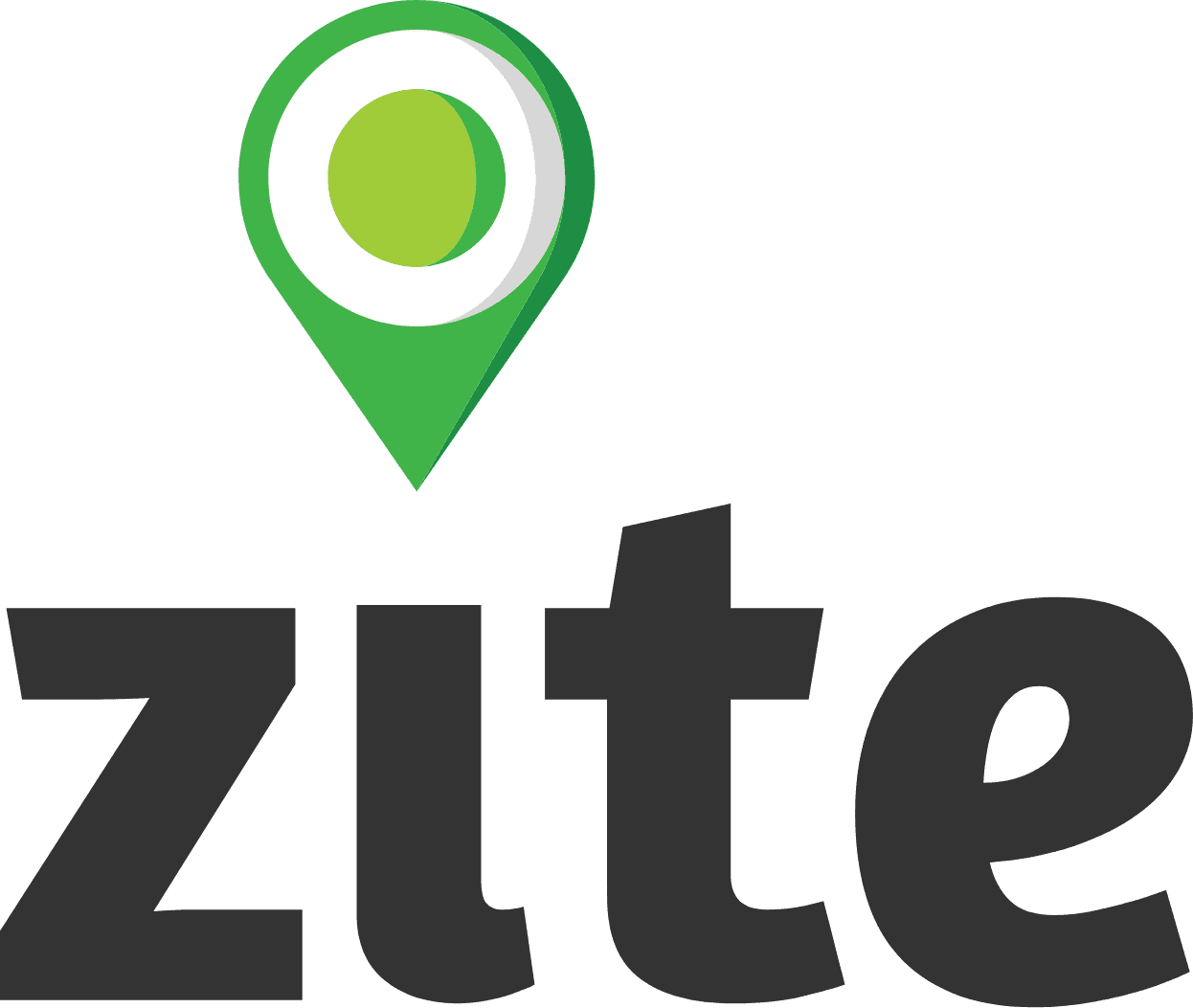Regions
Regions are a way of organizing and grouping your site into clusters, generally around geographic areas or administrative boundaries (e.g., states, provinces, districts). Each site in your project can be assigned to a region, and regions are a key attribute that can be used to manage everything from user permissions and form assignments to map views and report filters.
In large projects, or projects that span large distances, organizing sites within regions streamlines collaboration with partners, government actors, and other stakeholders.
Region Levels
The regions feature allows you to create sub-regions nested within regions. Regions can be organized into up to three hierarchical levels, allowing for flexibility in how you structure your project. For example:
The highest level could be a province or State (e.g., California).
The second level might be districts or counties (e.g., Los Angeles County).
The third level could be cities or municipalities (e.g., Long Beach, West Hollywood, Beverly Hills).
By using regions effectively, you can simplify project management, improve data analysis, and ensure better coordination across larger geographic areas.
Geo-Spatial
You can also assign geo-spatial boundaries to each region you define. These boundaries will be visible in Zite's mapping features and can help to visualize how regions relate to sites and to one another.
Bulk Upload Regions
It is also possible to create all of your regions in bulk by uploading a correctly formatted CSV file. This can help when you or your partners already have existing regional hierarchies, ID codes, and/or geo-spatial data.
